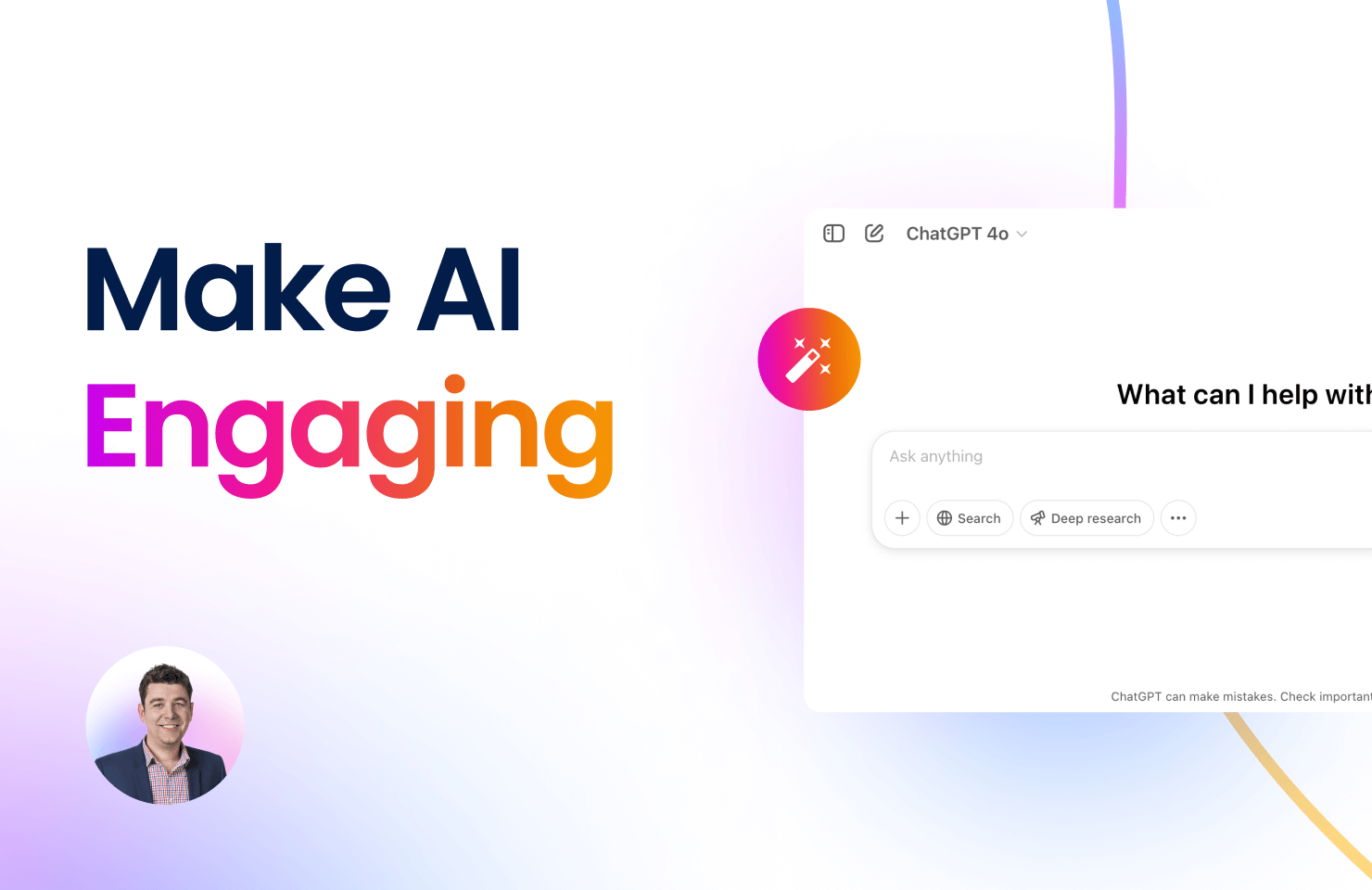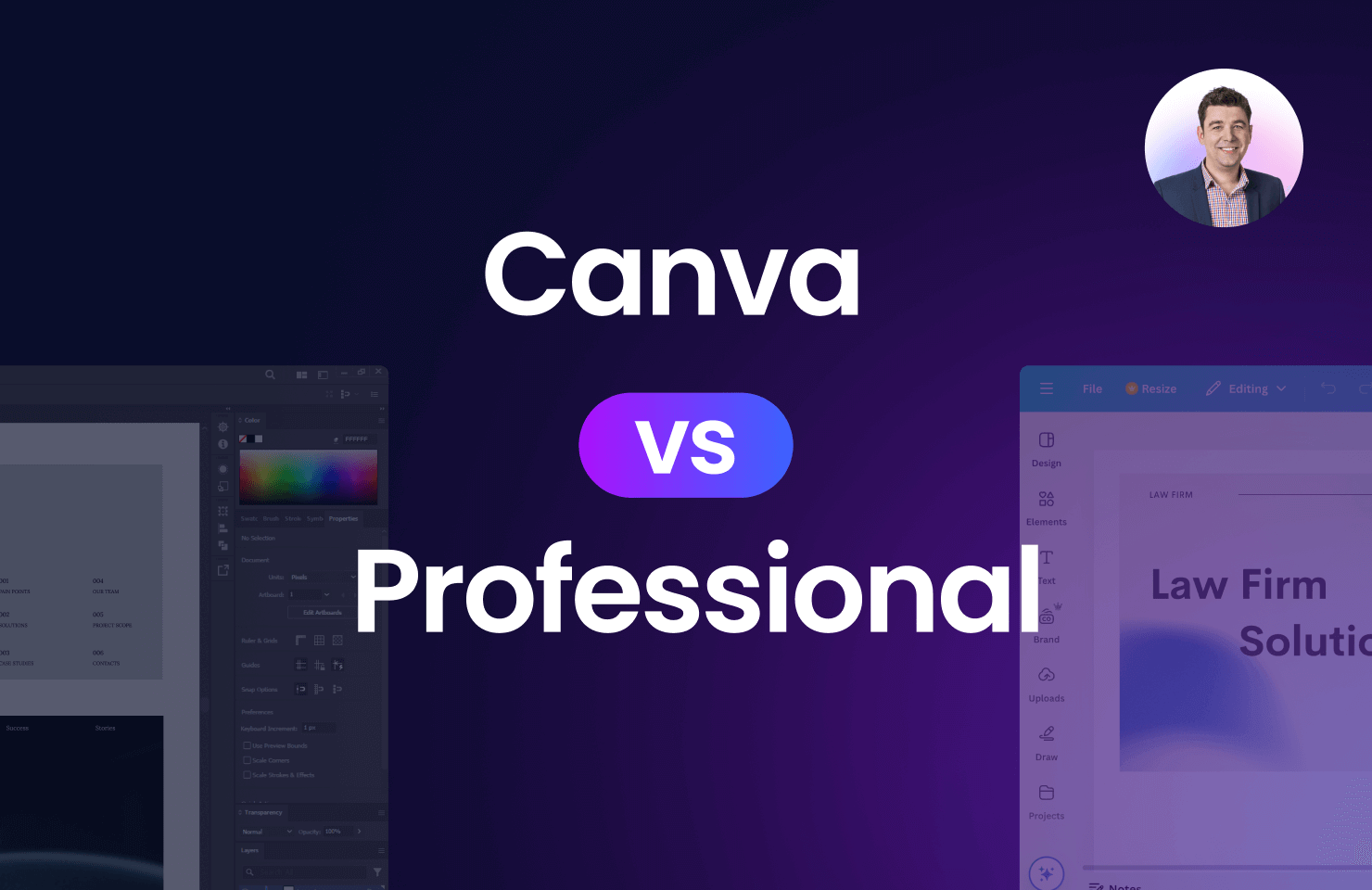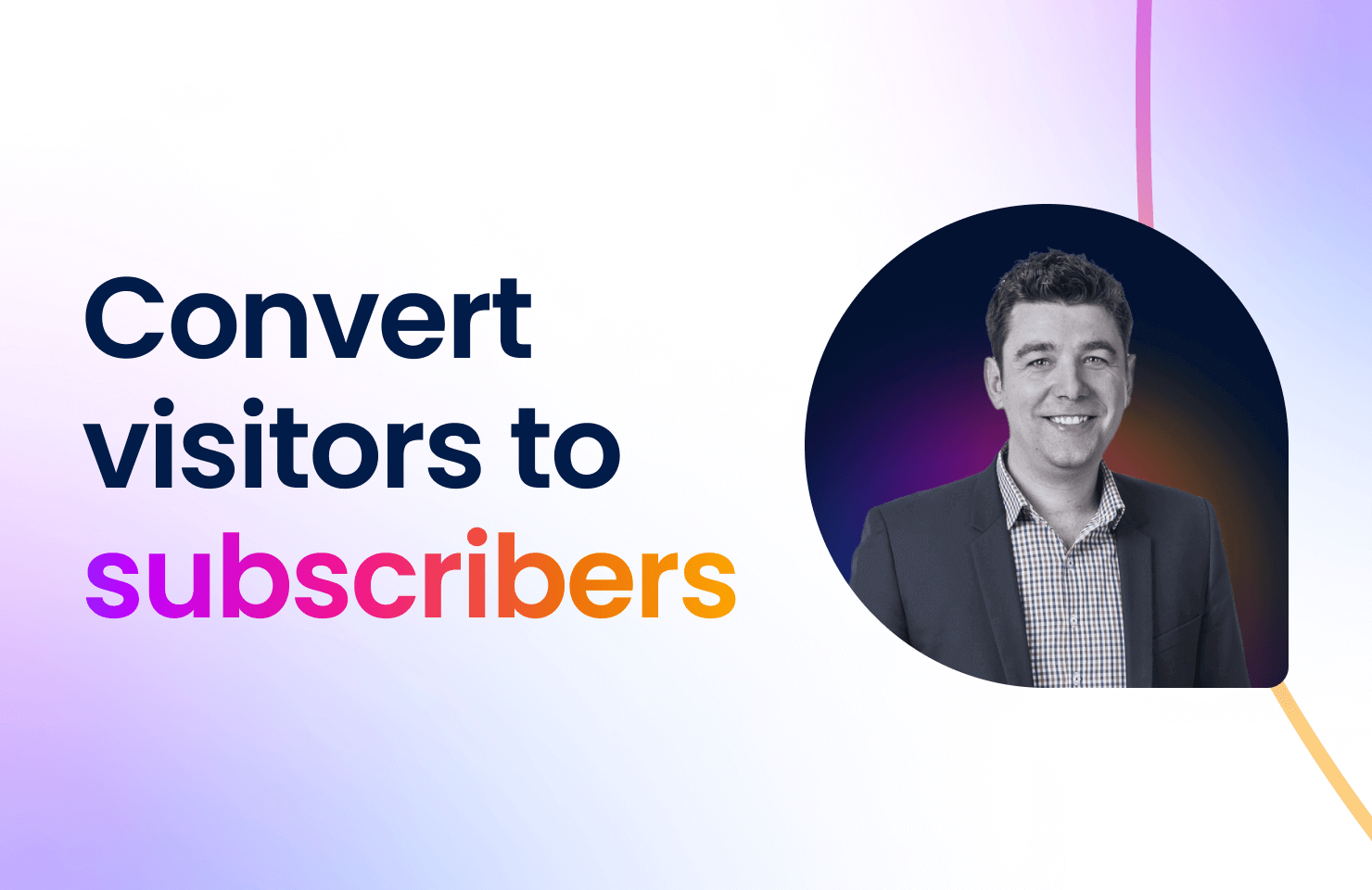Key takeaways
- A user-centred approach for your law firm’s your website can be the difference between people referring your firm or not.
- The law firm’s website is not just for prospective clients – there are five other core user groups that matter just as much, or even more in many instances.
- On average, 3 out of 4 referrals won’t get in contact with a law firm because their website doesn’t convincingly showcase their expertise, or inspire confidence that they can solve the visitor’s problems.
Who goes to a law firm’s website and what are they looking for?
There are variations between firms, but we’ve identified six core groups of users for a law firm’s website. The importance and priority of each of these group is highly dependent on your firm’s areas of expertise, and your marketing and business development approach.
The questions below will help you determine importance and priority of each user group:
- Is your firm actively seeking greater “wallet share” from an existing client’s legal spend?
- Is your firm building a profile in a specific industry, area of expertise or geographic location?
- Is your firm actively recruiting lawyers or looking to make lateral appointments, or even mergers?
- Is your firm looking to get more public relations exposure in certain parts of the media?
There’s plenty of considerations to take in mind, which are usually uncovered in a personas workshop.
Your areas of expertise, business model, and growth strategy will affect who you should target first among the different user groups, but the groups remain consistent for most practices.
Here are the six core user groups that every law firm should consider when building out their web content.
Prospective Clients
Existing Clients
Referrers
Job Seekers
Publishers and The Media
Internal Stakeholders
The six core user groups of a law firm’s website
1) Prospective Clients
If your area of expertise isn’t conducive to repeat business, then it’s vital to optimise your website to attract new clients and position you or your firm as the ultimate solution.
You should already know who your target clients are, as well as:
- Their opportunities and problems (business or personal) and what legal challenges follow as a result.
- Where they are located (unless that doesn’t actually matter to you / your firm)
- What types of content your prospects consume, such as journals and other information sources.
Based on our research and experience, prospective clients will typically follow one of three scenarios:
1. The prospect received a referral from someone they trust
They’ll Google the name they have been given, ether a lawyer’s name or a firm name. What comes up on the Search Engine Results Page (SERP) is their first impression – the good, the bad and the ugly.
They’ll land on your website. If they’ve typed in your lawyers’ name, hopefully they will land on your lawyer’s profile page. If they’ve typed your firm’s name, they’ll likely land on your home page.
By this stage, they’ll have formed their second impression. They’ll ask themselves questions like:
- Do I want to continue browsing?
- Does this lawyer or firm match my expectations after receiving the referral?
- Do they understand my business and problems?
- Do they understand the personal issue I am having?
- Do I believe they can help me solve my problem?
- Do I think can actually work with this person or firm? Given this is a service business and the stakes are high, your personality and approach will be part of their decision making process.
Consider that statistic highlighted above. Four out of five prospective clients will review a law firm’s website or other online presence before picking up the phone.
Of those four, three won’t call.
So at best, two out of five referrals will get in touch with your firm. Put another way, three out of five won’t call because the lawyers online presence doesn’t cut it. Or another firm is perceived to be the better option.
Your law firm’s website is the low-hanging fruit for getting business from referrals.
2. The prospect is aware of you as an expert in an industry or technical area
Rather than learning about you from a referral, they’re aware of you or your firm since you are a recognised expert in a field. Our article, The hierarchy of how people choose a lawyer or law firm, covers this concept in more detail.
Essentially, the process is similar to the process described above. The exception is that their perception of you is based on their own thinking, not from a third party.
In most instances, a referral is still more powerful. However, sometimes a prospect will do their own research, and then seek reviews or opinions from other trusted advisors.
3. The prospect has a problem they need solving, but has no knowledge of your firm
More and more, people are searching online for solutions to their problems in an effort to solve them themselves.
By providing people with helpful content, you’re empowering them to help themselves. You’re also positioning yourselves as experts in a particular topic or niche.
After working in law firms, I understand that lawyers are sometimes concerned about giving away their intellectual property. There’s also a fear of helping so much that the prospect will solve the problem themselves.
Think about it this way. If you went to law school, do you think all that experience can be easily actioned in a piece of content by someone who doesn’t have that experience?
Helpful content educates the prospect. Before they read your article, they didn’t know what they didn’t know. But afterwards, your prospects should understand that they have a problem they need solved by an expert.
Savvy legal buyers want to make an educated decision and feel armed with some knowledge when meeting you. They don’t want to go into a relationship blind, and hoping that you will do what’s best for them.
As a marketer in a law firm, it’s your job to help lawyers produce helpful content and make it as easy for people to find online. Those prospects might not call straight away, but at least they’ll be aware of your lawyers and firm when the time comes.
2) Existing Clients
If your website consistently provides helpful content, your existing clients will be the heaviest users of your website.
Their main uses are likely to be:
- Reading your firm’s thought leadership pieces, coming through email, social media or perhaps using your firm’s internal search functionality.
- Looking for the contact information of a lawyer or your firm’s office location.
- Finding a link to one of your lawyers’ profile pages so that they can refer you to one of their contacts.
In a perfect world, they would also read more about other services your firm provides. However, in our experience, this is rarely the case, unless they have a compelling need or have been specifically sent there for a reason.
Check our blog regularly for our content series on using your website to cross-sell your services.
Tip: Look at your website analytics. Are the lawyer’s profiles in the top few pages that people visit? What about the contact page? This will tell you whether you have qualified prospects and what information they’re looking for.
3) Referrers
Typically, the best prospects come from a referral. Increasingly, people are getting more than one referral and then conducting their own research online. So does your website position you and your firm favourably? Does it reflect you and the problems you help solve? Is your content easy to find and genuinely helpful?
“I’ll give you their number” or “here is their business card” is a thing of the past.
A typical referral is now simply just the name of a lawyer or a firm. “Give [name] a try” or “Have you heard of [firm name]? They’re great at [your area of focus].”
The expectation is that the referral will now research that lawyer or person. Referrers such as accountants and consultants are busy, and they know that people will do their own due diligence online when searching for a lawyer.
There are some exceptions. A good referrer may send a lawyer’s profile page, or a helpful piece of content (often proactively if they know someone is having a problem). This type of referral is the most useful, since the prospect gets to see your expertise and the value you can bring to their business or personal situation.
4) Job Seekers
If someone is looking to join your firm, they’ll go to your website and do their own research when preparing their cover letter and resume, before their interview/s, and may even use it when deciding whether to accept an offer.
This goes for junior lawyers at the start of their careers, partners who are switching firms, support staff and business services staff.
What will they’ll be looking for on your website?
- They’ll want to know about the firm’s management and structure.
- They’ll want to know about the people they will be working with. What do they do? On face value, do I think I could work with them?
- Who are the firm’s clients? (Either specifically or the types of clients the firm has.)
- The intangibles of working at your law firm, such as culture, training, support and any special benefits, commitment to social issues, etc.
- Logistics like your office location and their potential commute.
In a business that relies so heavily on the expertise and cultural fit of its people, job seekers are not a user group to take for granted.
5) Publishers and The Media
It’s common for the media to visit your law firm’s website when something has just happened, or is about to happen.
Some examples of this might be:
- The firm is part of a high profile court case and the media is looking for a comment from the lawyers working on the matter.
- They know your firm has expertise in a particular industry, and are seeking your firm’s perspective on an event.
- Your firm represents a particular Government department, organisation or high-profile person, and they are looking for comment on an event.
6) Internal Stakeholders
The bigger the firm, the bigger the likelihood of not knowing what other practice groups do. Add a merger or international expansion to the mix, and this becomes an even greater challenge.
Great Business Development Managers see this as a massive opportunity to join the dots between practice groups and identify cross-selling opportunities.
We’ve seen BD Managers and lawyers use their own website to learn about other practice groups and who does what.
Although a firm may have internal cross-selling processes, like an intranet or document of specific skills and lawyers, a website is often the most comprehensive summary of the firm and it’s lawyers’ capabilities and experience.
It’s also the most public-facing marketing piece that everyone can access. Are your lawyers proud to share your website with their network? How does it reflect on them professionally?
For HR professionals in law firms, getting candidate referrals from your current staff is a great way to grow your firm reliably. Are your partners and staff comfortable sending advertised positions on your firm’s website to their network?
In larger firms that employ a Communications & Media professional as part of their Marcomms team, they may also be simply looking for their contact details. Don’t make it hard for them.
Industry or legal publications may also do online research before approaching your lawyers to provide one-off or regular opinion pieces for their blog or publication. These make excellent thought leadership pieces and will help your firm’s image overall.
A user-centered approach can mean the difference between a great relationship and never being called
“My firm thinks our website is just an online brochure.” – Countless legal marketing managers.
There are hours of rebuttals to that remark, but even if your firm only uses your website as an online brochure, it’s a ridiculously important one. Unlike that printed brochure that sits on the coffee table at your office’s reception (that no one picks up, reads or does anything with), your website is available to anyone who’s looking. Not just people who enter your office.
Considering your users and their online behaviour is ideal at the planning stage of a website project. However, it can be done retrospectively if you already have a website and want to make improvements.
Start by developing personas for each type of user.
A great resource for helping you implement user-centred design is This is Service Design Doing. This is part of a series of content – This is Service Design Thinking. They include lots of free content and tools online, and I recommend purchasing their book as well.
Once you have your personas documented, you can begin structuring your website and content to match their goals, challenges and any objections they may have.
The best part of conducting this research and developing these documents (personas, client journey maps, etc.) is they’re not just for a website project. They are often used for your ongoing content production and when considering new marketing projects.

Paul Evans is a legal marketing expert with extensive experience helping lawyers build their practices.




